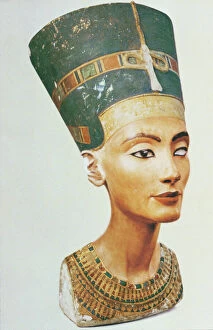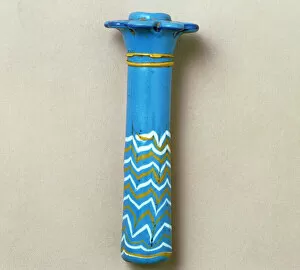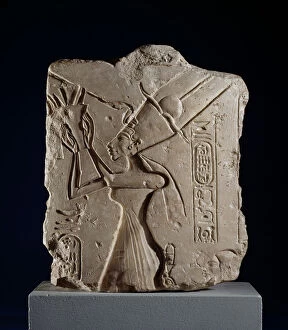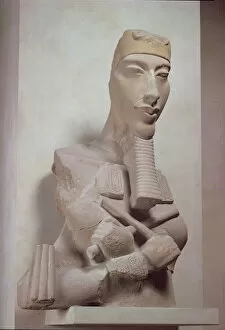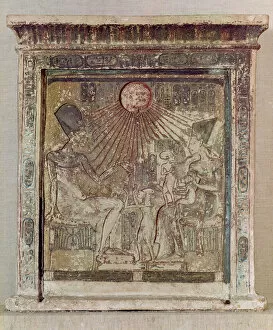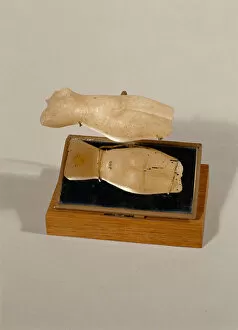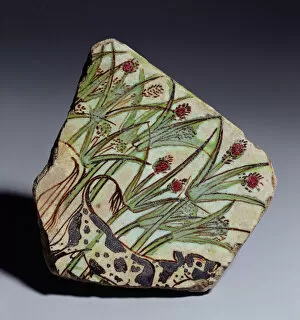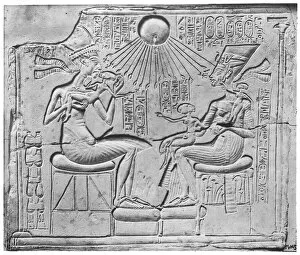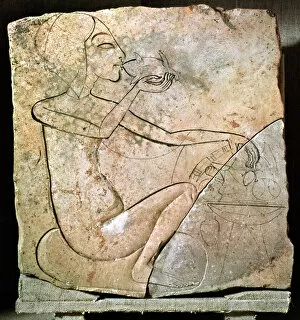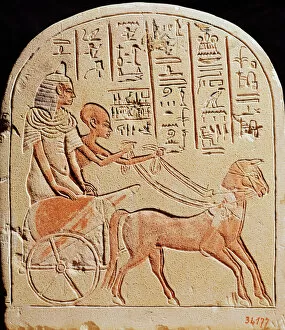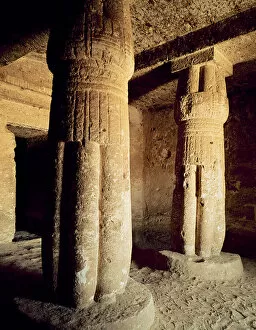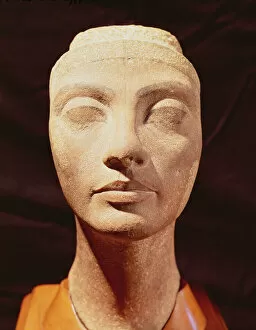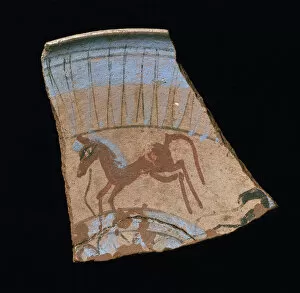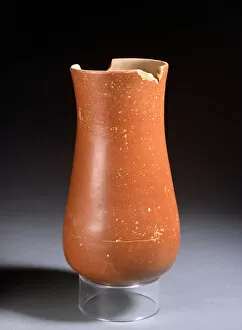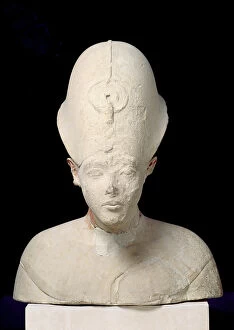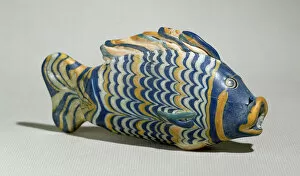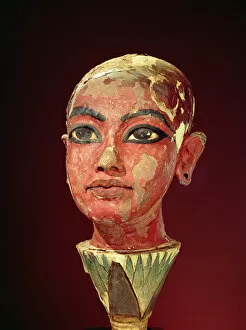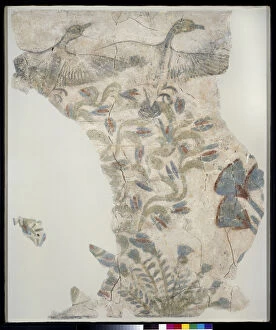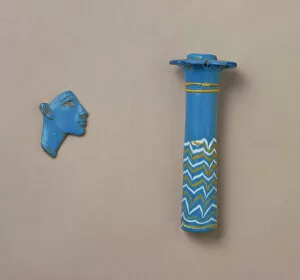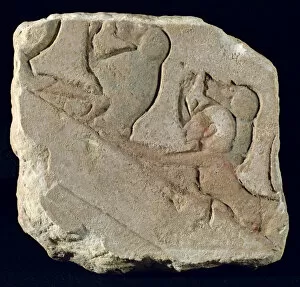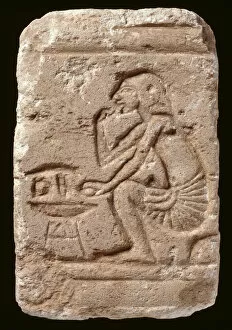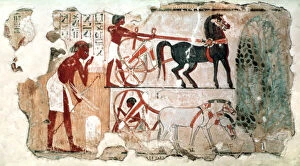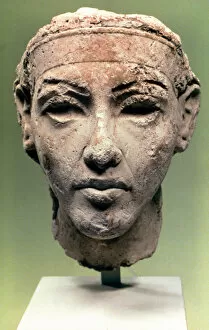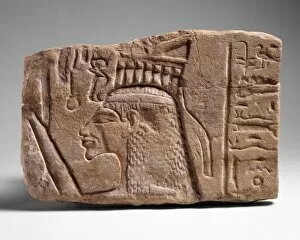Amarna Period Collection
The Amarna Period, also known as the Akhenaten Revolution, was a fascinating era in ancient Egyptian history that brought about significant changes in art and religion
All Professionally Made to Order for Quick Shipping
The Amarna Period, also known as the Akhenaten Revolution, was a fascinating era in ancient Egyptian history that brought about significant changes in art and religion. This period is characterized by its unique artistic style and religious beliefs centered around the worship of Aten, the sun disk. One of the most iconic artifacts from this period is the Bust of Queen Nefertiti. Created by Thutmose at Tell el-Amarna, this exquisite sculpture showcases Nefertiti's beauty and elegance. The delicate features and graceful lines capture her regal presence for eternity. Another remarkable piece from this time is the Throne found in Tutankhamun's tomb. Made of gold, it exemplifies the opulence and grandeur associated with New Kingdom royalty. Its intricate design reflects both artistic skill and political power. The Palm column kohl flask discovered in Amarna reveals not only their love for beauty but also their attention to detail. The opaque turquoise color adds a touch of vibrancy to this small yet captivating artifact. Art during the Amarna Period wasn't limited to sculptures alone; wall paintings were also prevalent. One such fragment depicts two younger daughters of an unknown family living during that time. It offers a glimpse into everyday life during this era. Music played an essential role in ancient Egypt, as shown by the Head of a Harpist sculpture from Tell El-Amarna. Crafted from wood, it portrays a musician playing an instrument with great skill and passion. Religious symbolism can be seen through various artworks like Column relief fragments depicting Queen Nefertiti or Osirid pillars representing Akhenaten himself at Karnak temple. These pieces highlight their devotion to Atenism – worshipping one god instead of multiple deities traditionally followed. Stelae were another form used to convey religious beliefs; one particular stela shows Aten granting life and prosperity to Amenophis IV (Akhenaten). This artwork emphasizes the divine connection between the ruler and Aten, reinforcing their religious reforms.

